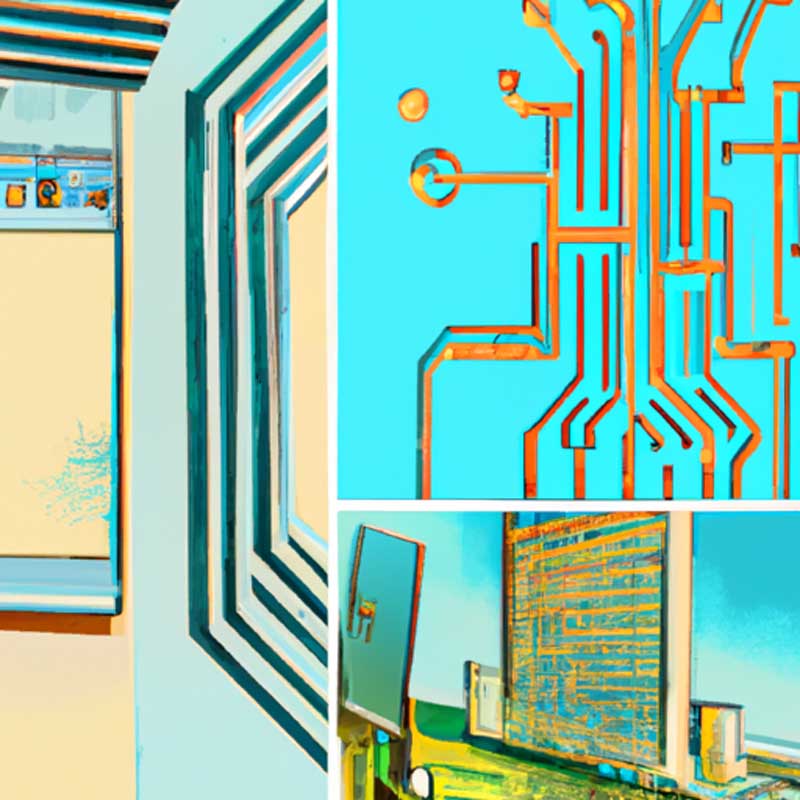TLDR:
Researchers have tested the effectiveness of AI models in self-detecting their own generated content. The study found that one AI model, Claude, was able to generate content that was undetectable even by itself. The researchers hypothesized that Claude’s output contained fewer detectable artifacts compared to the other models, making it harder to identify. Furthermore, the study found that Bard and ChatGPT had relatively higher accuracy in self-detecting their own content, suggesting that they generated more detectable artifacts. The results also showed that the AI models had difficulty in detecting each other’s content, highlighting the challenges of AI content detection.
Researchers conducted tests using three AI models (ChatGPT-3.5, Bard, and Claude) and a dataset of fifty different topics. Each model was given the same prompts to create original essays, which were then paraphrased. The results showed that Bard and ChatGPT had better success rates in self-detecting their own content compared to detecting each other’s content. However, Claude performed significantly worse in self-detecting its own content, suggesting that its output contained fewer detectable artifacts.
The study provides insights into the challenges of AI content detection and suggests that self-detection could be a promising approach to identifying AI-generated content. The researchers call for further studies to explore larger datasets, more AI models, and the influence of prompt engineering on detection levels.
It’s important to note that the researchers acknowledge the limitations of their study, including the small sample size and the lack of comparison with other AI content detection tools. However, the results offer valuable insights into the self-detection capabilities of AI models and the unique characteristics of each model’s generated content.
